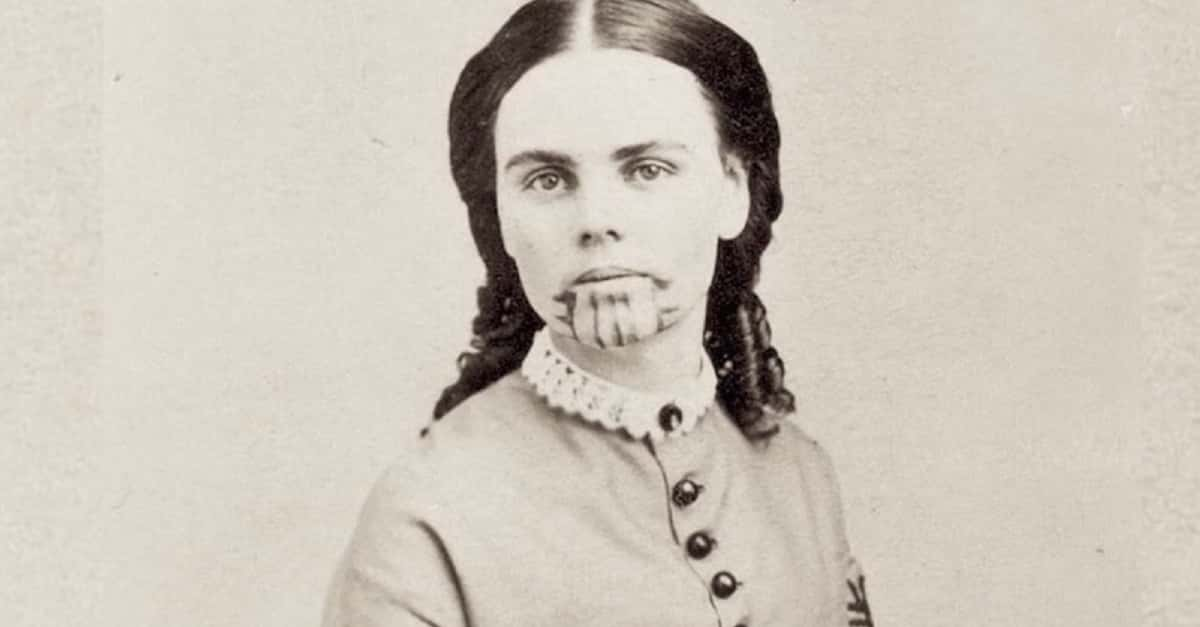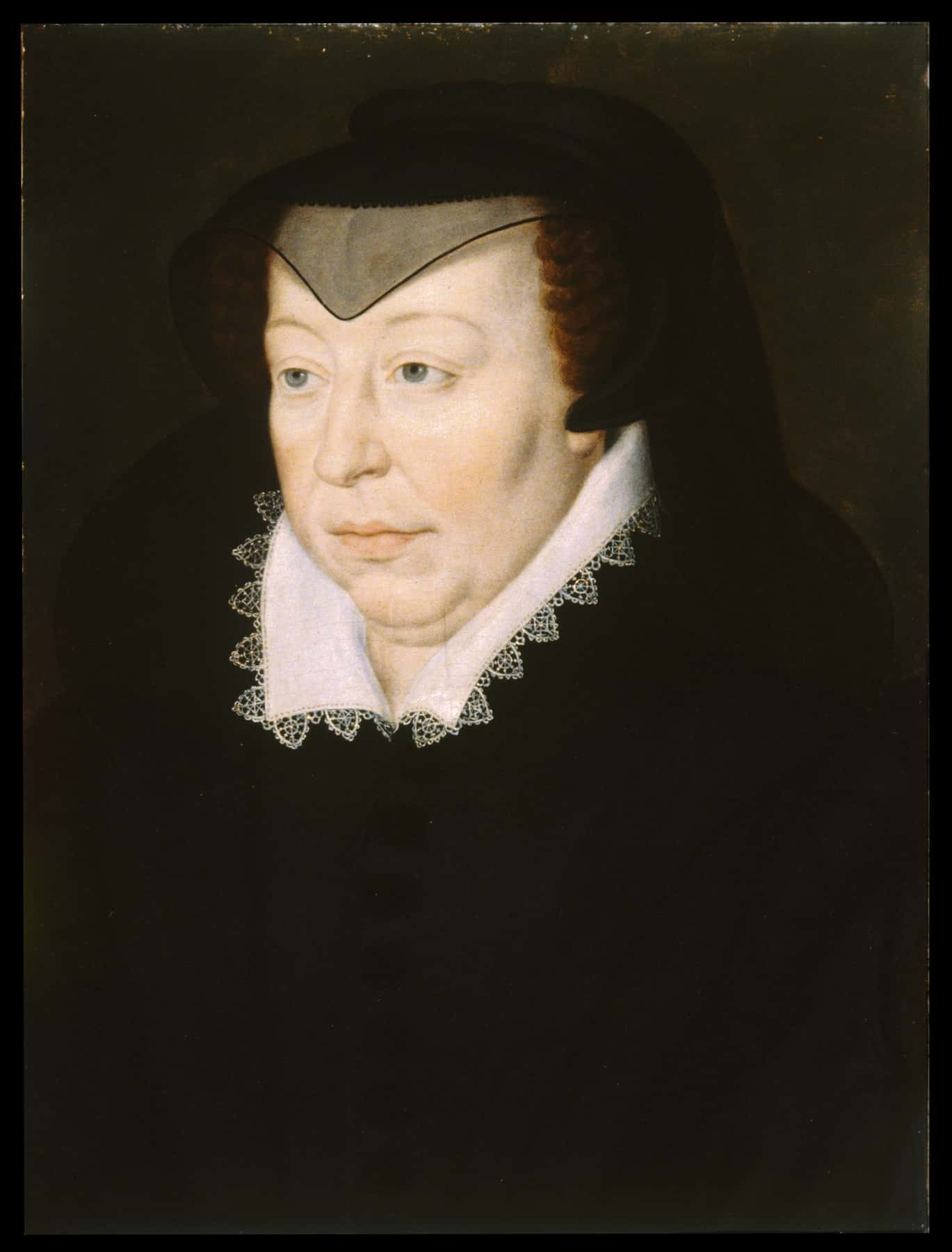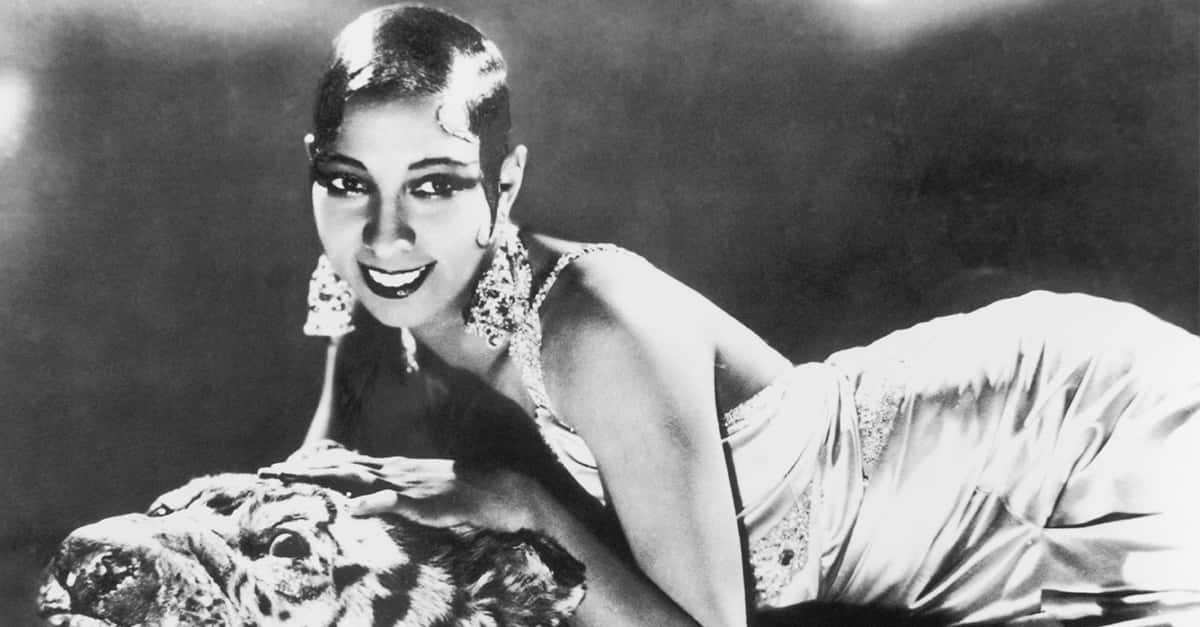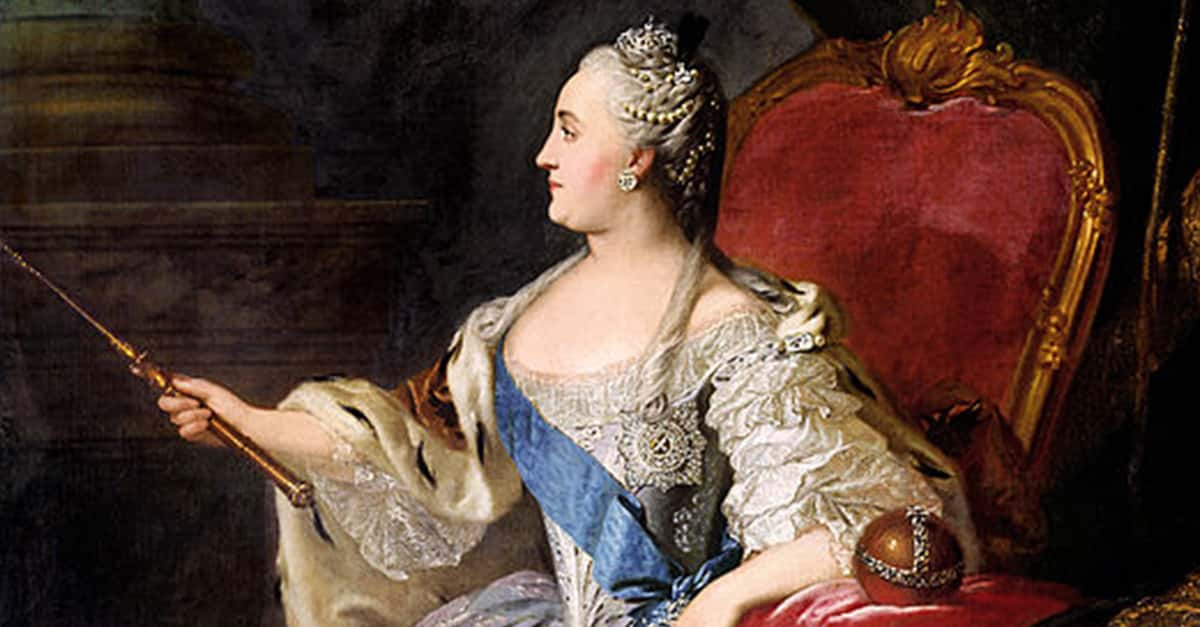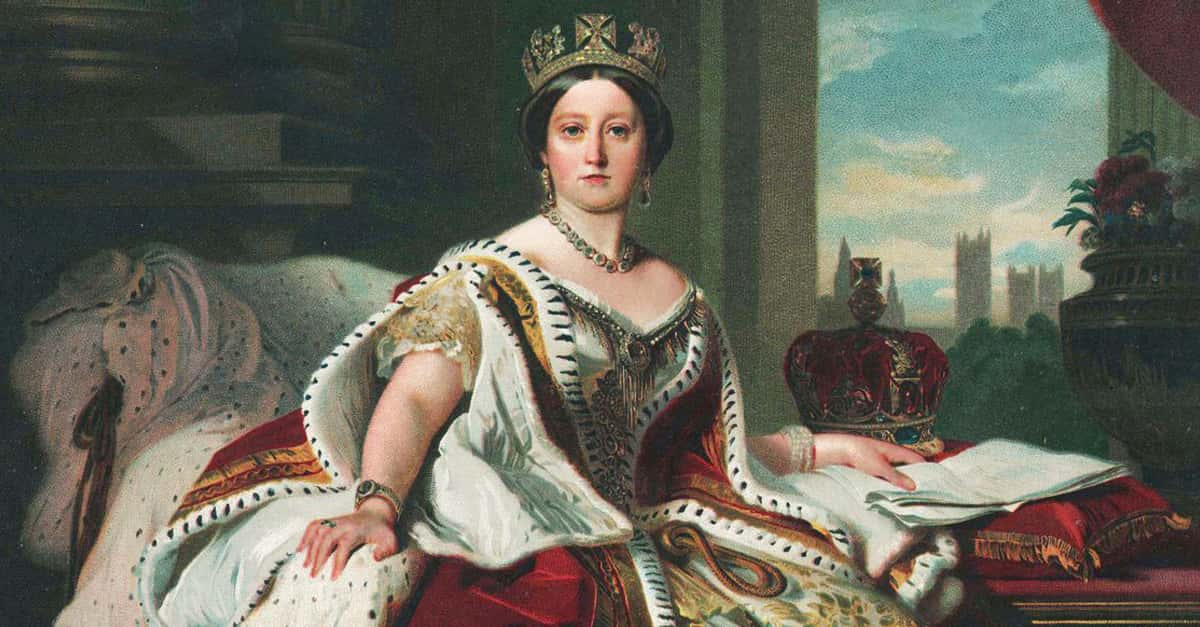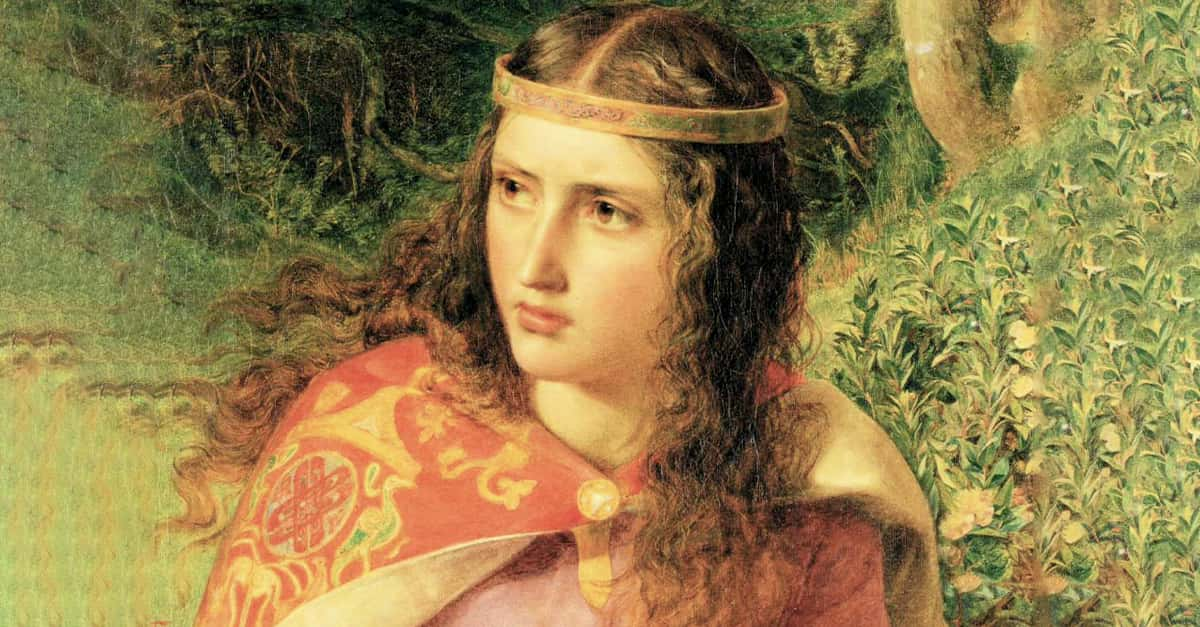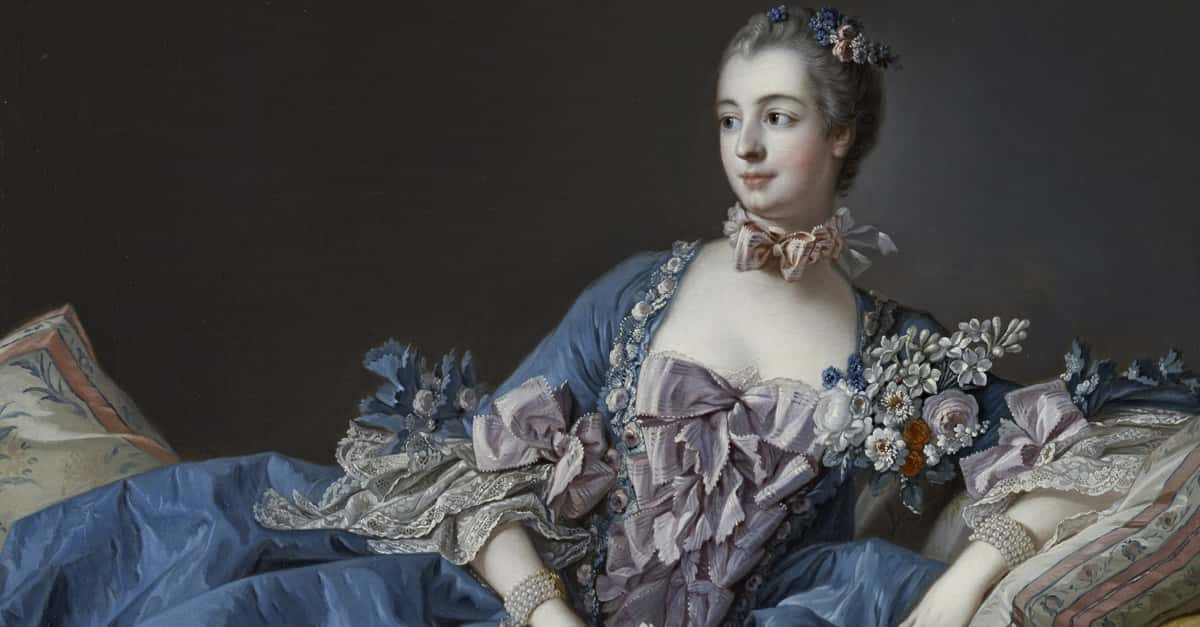Olive Oatman was one of the only survivors of a gruesome tragedy that destroyed her family. Captured by an Indigenous tribe, she witnessed the unthinkable. Sadly, her tragic losses created a twisted ripple effect—her memories haunting her right to the bitter end.
After her capture by the Yavapai tribe, Olive and her sister Mary Ann became the subject of a great furor during a trade between the Yavapai and the Mohave. The chief’s daughter, Topeka, was horrified at how the Oatman girls were being treated, and refused to leave without them. After completing a successful trade for the sisters, Topeka became their guardian angel.
Olive and Mary Ann assimilated into the Mohave and were given names and traditional facial tattoos. The Mohave people gave the sisters their very own plots of land and expected them to contribute just like everyone else. But most importantly, they weren’t captives—they were part of the community. They were given the option to leave at any time they wanted, but they opted to stay. Sadly, Mary Ann died during a great drought.
Unfortunately, Olive's whiteness and true identity would always be a threat to her community. If she was found, the tribe could be blamed and punished for harboring her. She just couldn't outrun her past—and eventually, it came knocking at her front door.
A messenger from Fort Yuma came, demanding the return of their so-called captive. He threatened the tribe with complete annihilation, until she agreed to go with him. Though she was heartbroken, there was a silver lining—she reunited with her only surviving sibling, Lorenzo.
The news of Olive’s capture, second life, and return drew a lot of attention—and sadly, she fell prey to a Svengali who dramatized her story, twisted it into an unrecognizable form, and turned it into a book. Olive was just along for the ride, although she thankfully eventually split from him.
After breaking ties, Olive became incredibly tight-lipped about her time with the Mohave people. Often seen wearing a veil to cover her face, she retreated into the shadows, shy and reserved. She married and did charity work with orphans, even adopting a daughter herself, until her passing.

